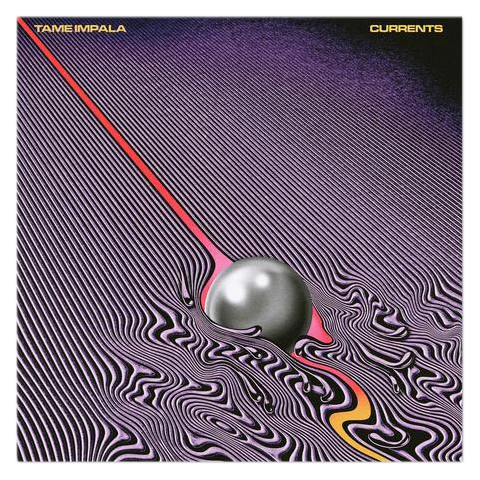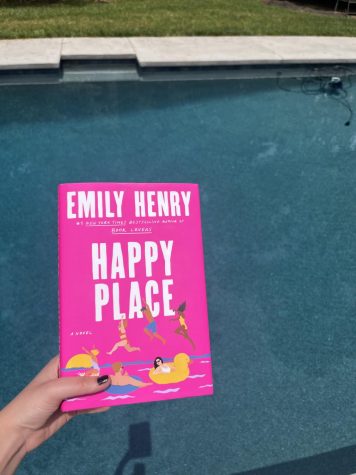Joint #3: “Sound of da Police” by KRS-One
What makes this song notoriously known is by its most identifiable trait where KRS-One is mimicking the wailing of police sirens, followed by the title of the song, “That’s the Sound of da Police.”
More stories from NAOMI DIAZ
The 1900s in America hosted a multitude of awakenings in new cultures, music, fashion, and plenty more; but a tribulation that has always existed but spiked with massive intensity was police brutality. Most prevalent in hip-hop culture, many revelations that were being released regarded this issue, and how active the vicious encounters are in communities of color.
Many MCs of the time were giving their two cents surrounding the flaw, and rapper KRS-One has definitely carried out his mission through his song, “Sound of da Police.” The track runs second from KRS-One’s first solo album, “Return of the Boom Bap”, released in 1993. What makes this song notoriously known is by its most identifiable trait where KRS-One is mimicking the wailing of police sirens, followed by the title of the song, “That’s the Sound of da Police.”
As used in the beginning of the song as an opener and repeated throughout the song, the repetition of the lyrics symbolizes the frustration stirred amongst the people. Police brutality was running rampant in the streets of major cities like New York City all throughout the 1900s. Although Americans of all races, ethnicities, and religions were subject to police brutality, numbers of violence were disproportionately high within communities of color. There was a harmful racial bias in this unwarranted and often illegal use of violence towards the people which was ironically conducted by the people whose duties are to protect.
In places like The Bronx, police brutality was ultimately surging and protests were sparked during the birth of this song. KRS-One’s “Sound of da Police” sent ripples through the nation, awakening the essential consciousness of this issue, and it will always exist as an anthem to the advancement of the Black Lives Matter movement. Tune in!










